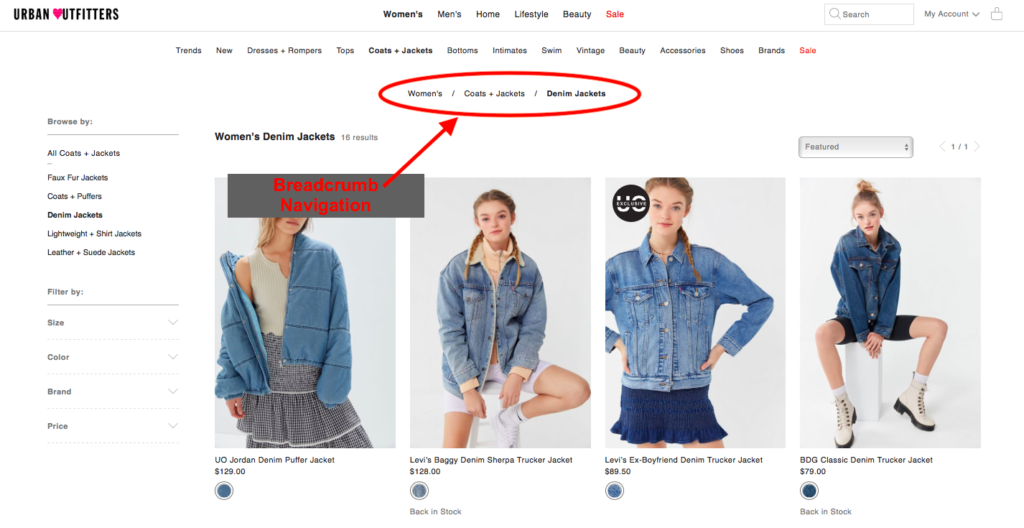SEO stands for Search Engine Optimization. In short, it is a way of getting more traffic to your website by using the correct tools to increase ranking on search engines such as Google and Bing.
In this post, I would like to focus on the first stages and the planning of your SEO strategy. In a perfect world, your SEO strategy should be incorporated prior to your site going live, however, SEO implementation goes into a website sometime after its launch.
Before starting the SEO process, you need to identify your target market. Who is going to be reading your website content? What messages do your readers want to see? How relevant is your website content to them? If you’re having trouble, check out Twins Mommy’s blog on simple ways of finding your target audience.
The technology choices you make have a huge impact on your SEO results. You need to make sure that your dynamic URL and static URL are both crawlable by Google. In addition to URLs, make sure that you have a short, clean, and descriptive one. Secondly, how the website structure is set up should be one of the more important decisions you make when putting your website together. What I mean by this, is to identify which pages are the most important? Which have the most visitors? Within these pages of your website structure, make sure you are using relevant keywords. You can do this by using a keyword planner such as Google’s keyword planner tool.
Backlinking, cross linking, and internal linking are also important factors when building a website. Linking between articles on your own website and linking to outside websites will create further traffic. Additionally, make sure if you are cross linking that it will be easy for the user to backlink to your website. You can use anchor texts to do this. With anchor texts, use descriptive texts to create the link instead of using phrases like “more” or “click here.” However, for links back to your home page, don’t get too technical and just simply use “home.”
Another useful way to create an easier surface for users is to use breadcrumb navigation. This is basically a map that shows users how far they are from the main page. In addition to this, make sure to minimize link depth. For example, if a user is five or six clicks away from your home or main page, search engine spiders may not find that specific page because it is looked at as irrelevant.

Make sure that your website content is not only user friendly when using a desktop, but also compatible with mobile phones. With this, the page load time needs to be fast. Think of it this way, if a website is taking too long to load then chances are that you will close or back out of it, the same goes for search engine crawlers.
As far as the website content goes, don’t have duplicates information on different pages. This will confuse search engines and they will not be able to decipher which page is relevant and which is not. Make sure that there are HTML title tags on each page and that each title is unique and descriptive. The company brand name should not be included in the HTML title, if you wish to add it, place it on the end. The images you choose to post on your blog should be relevant for Google searches by having an alt attribute and the file name attached to them.
Last thing I would like to brush on is knowing who your competitor is, specifically, the best one. Knowing who is your most successful competitor can lead you to “emulating” them and creating a website that’s as good, or even better. You can do this by researching what keywords they are targeting, and who is linking to their website.
Nassi Doudman
